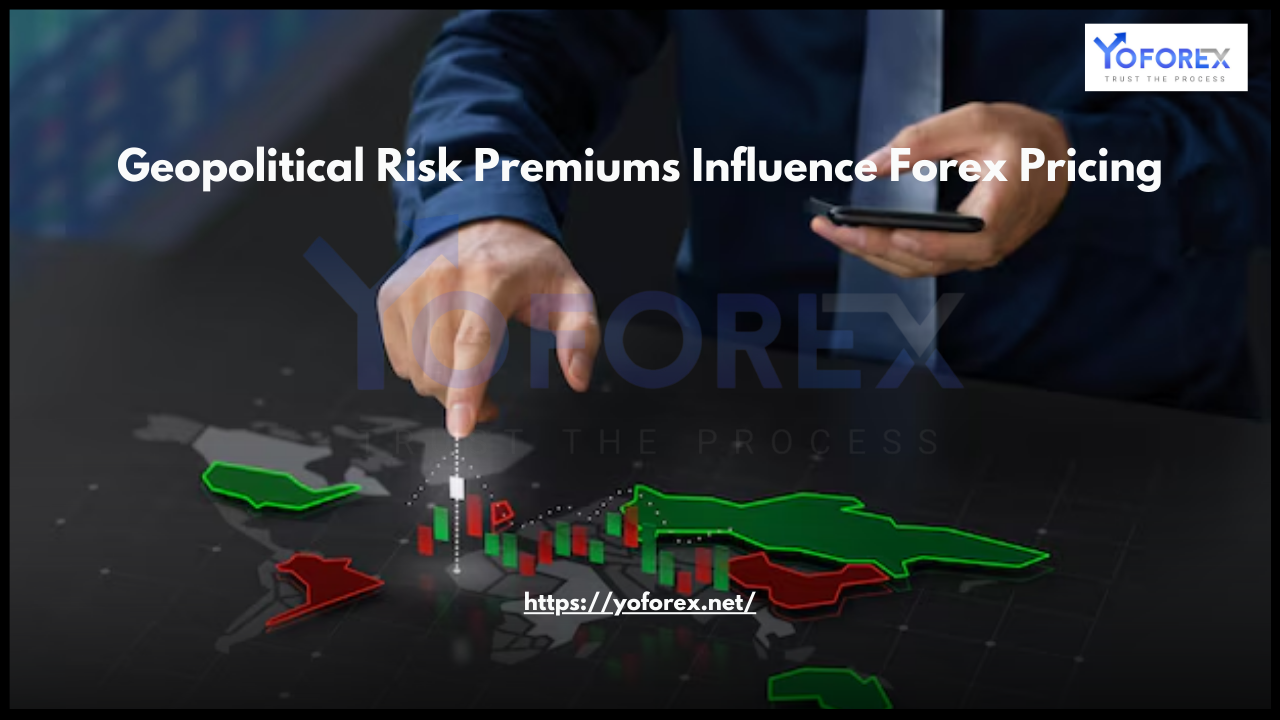Foreign exchange (forex) markets are among the most sensitive financial markets, reacting swiftly to global events. Geopolitical risks—such as wars, political instability, trade conflicts, and sanctions—play a crucial role in determining forex pricing. Investors and traders factor in a “geopolitical risk premium,” adjusting their expectations and positions accordingly. This article explores how geopolitical risk premiums influence forex pricing, the mechanisms behind market reactions, and strategies traders use to navigate uncertainty.
Understanding Geopolitical Risk Premiums
Geopolitical risk premiums represent the additional cost or discount embedded in currency valuations due to uncertainties stemming from political and economic instability. These risks arise from various factors, including:
- Political turmoil (e.g., regime changes, protests, civil unrest)
- Military conflicts or tensions (e.g., wars, border disputes)
- Economic policies (e.g., sanctions, trade restrictions, tariff impositions)
- Diplomatic relations (e.g., alliances, trade agreements, diplomatic rifts)
- Natural disasters and pandemics with global economic consequences
Currencies of countries facing heightened geopolitical risks often see increased volatility as traders price in uncertainty and potential economic downturns.

How Geopolitical Risks Affect Forex Pricing
1. Flight to Safe-Haven Currencies
During geopolitical crises, traders and investors seek stability, moving funds into “safe-haven” currencies such as the U.S. dollar (USD), Swiss franc (CHF), and Japanese yen (JPY). This demand drives up their value against riskier currencies.
For example, during the Russia-Ukraine conflict in 2022, the USD strengthened significantly as investors fled from the Russian ruble (RUB) and other emerging-market currencies.
2. Risk Aversion and Emerging Markets Sell-Off
Currencies of emerging markets (EM) often suffer when geopolitical risks rise, as investors pull out capital in search of safer assets. EM currencies like the South African rand (ZAR), Turkish lira (TRY), and Brazilian real (BRL) are highly sensitive to risk sentiment shifts.
For instance, trade tensions between the U.S. and China negatively impacted the Chinese yuan (CNY), contributing to capital outflows and currency depreciation.
3. Impact on Commodity Currencies
Many currencies, such as the Canadian dollar (CAD), Australian dollar (AUD), and Russian ruble (RUB), are closely tied to commodity prices. Geopolitical risks that disrupt oil, gas, or metal supply chains can lead to price surges or crashes, impacting these currencies.
A notable example was the surge in crude oil prices following the U.S. assassination of Iranian General Qasem Soleimani in 2020. Oil-exporting nations’ currencies, like CAD and RUB, appreciated, whereas oil-importing nations faced economic strains.
4. Central Bank Policy Responses
Central banks may intervene in forex markets in response to geopolitical risks. They can raise interest rates to stabilize a currency under speculative pressure or intervene through forex reserves to control excessive fluctuations.
For example, in times of geopolitical stress, the Federal Reserve, European Central Bank (ECB), or Bank of Japan (BOJ) may adjust monetary policy to maintain stability in their respective economies.
5. Trade Wars and Economic Sanctions
Trade conflicts and sanctions directly impact forex markets by disrupting trade flows, leading to currency depreciation in affected economies.
A case in point was the U.S.-China trade war, where the Chinese yuan (CNY) experienced significant devaluation due to tariffs and supply chain disruptions. Similarly, U.S. sanctions on Russia in 2022 led to a sharp fall in the ruble, necessitating intervention by the Russian central bank.
Strategies to Navigate Geopolitical Forex Risks
1. Monitoring Economic and Political News
Traders must stay updated with geopolitical developments through financial news, central bank reports, and economic indicators. Tools like Bloomberg, Reuters, and TradingView provide real-time analysis.
2. Hedging with Safe-Haven Currencies
Investors hedge geopolitical risks by holding positions in USD, CHF, and JPY during uncertainty. Forex traders may use options or forward contracts to protect against unfavorable currency moves.
3. Diversification Across Currency Pairs
Diversifying forex holdings across multiple currency pairs reduces exposure to geopolitical shocks affecting a single country or region.
4. Utilizing Technical Analysis in Uncertain Times
Geopolitical risks often lead to erratic price movements. Using technical indicators like support/resistance levels, moving averages, and Relative Strength Index (RSI) can help traders navigate volatility.
5. Assessing Market Sentiment
Sentiment analysis tools, including Commitment of Traders (COT) reports, volatility indices, and investor sentiment trackers, offer insights into how the market perceives geopolitical events.
Conclusion
Geopolitical risks are integral to forex pricing, influencing currency movements based on investor sentiment, safe-haven demand, and trade disruptions. Understanding geopolitical risk premiums enables traders and investors to anticipate market reactions and implement strategies to mitigate risks. In an ever-changing global landscape, staying informed and adaptable remains key to navigating forex markets successfully.

